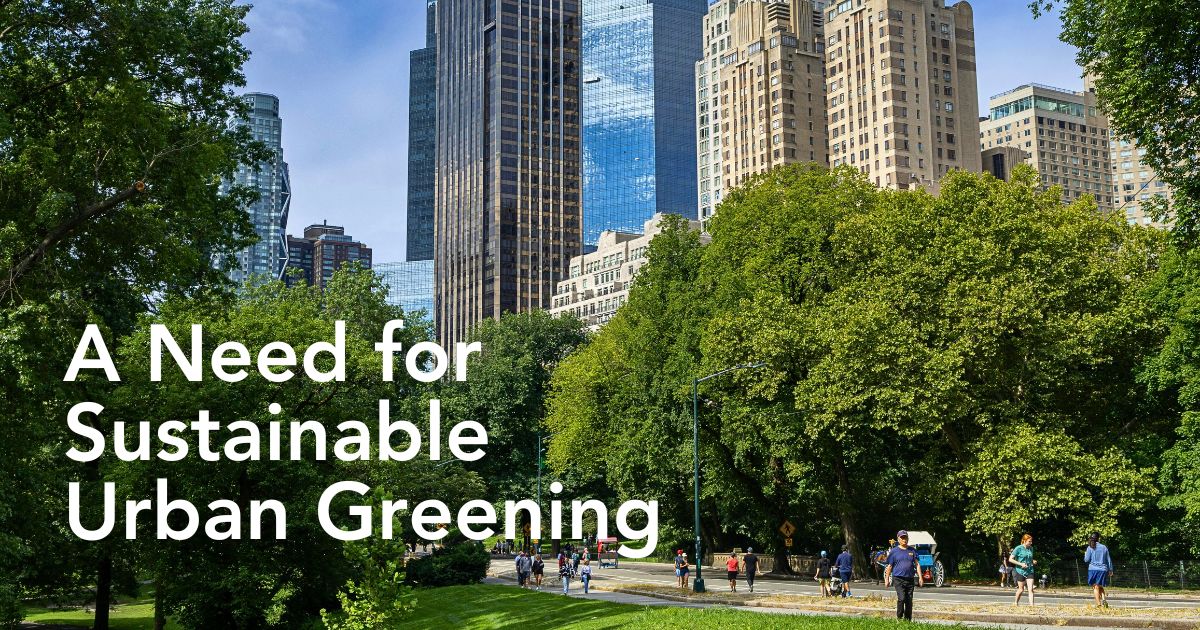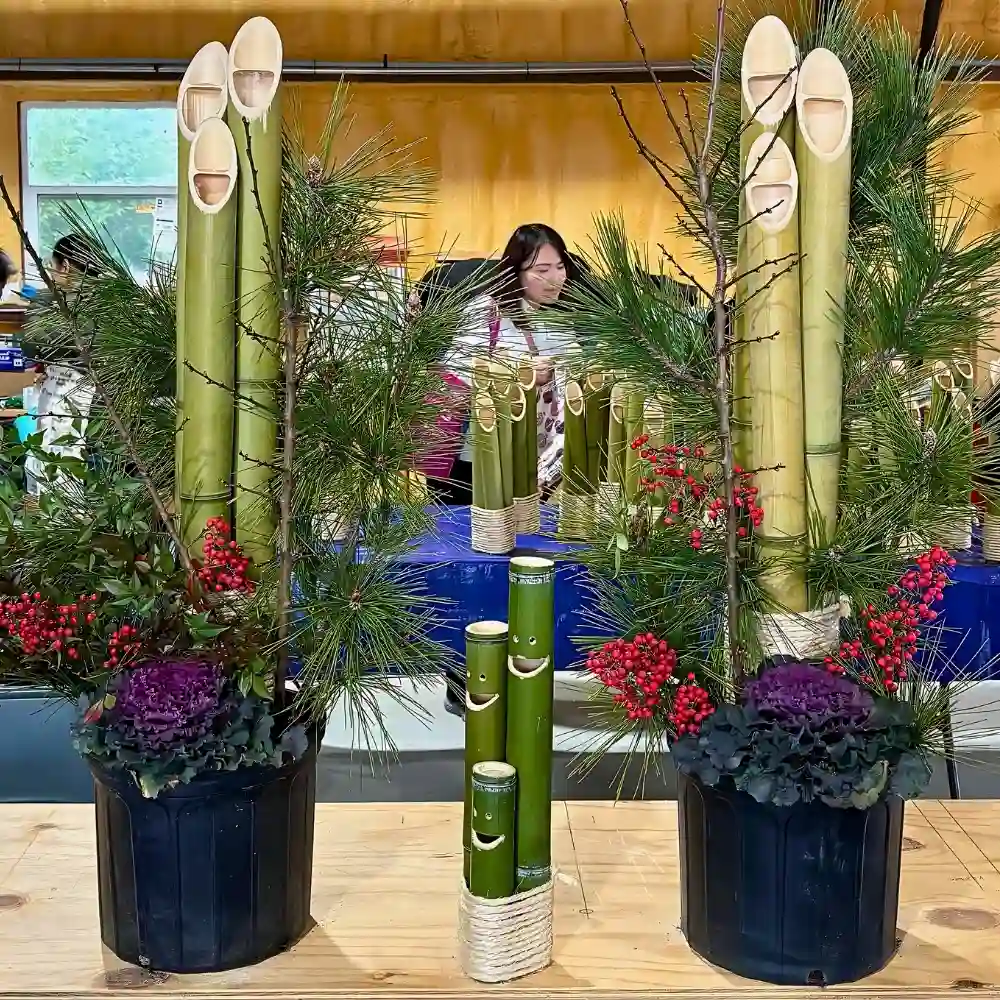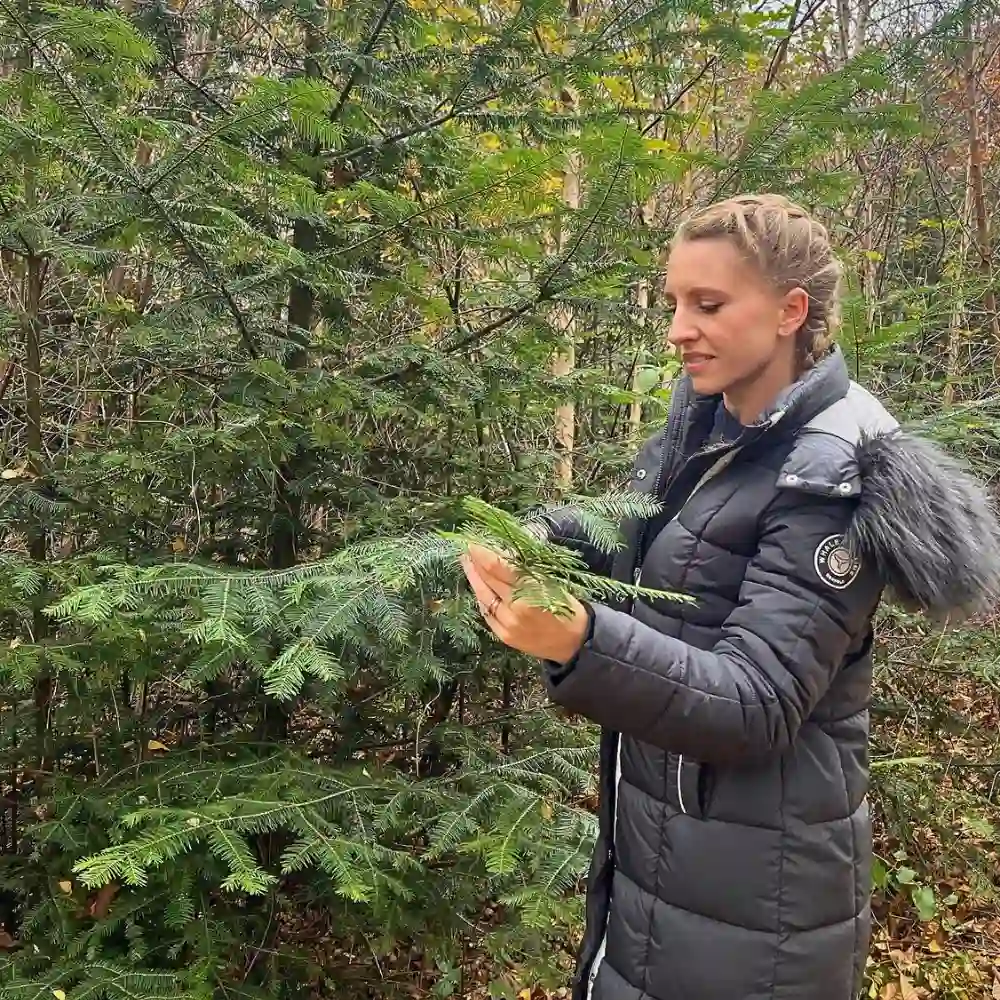Cities globally face increasing challenges. Think rising temperatures, air pollution, declining biodiversity, and growing populations compressed into shrinking green spaces. As the world becomes increasingly urbanized, with projections showing cities hosting two-thirds of the global population by 2050, the need for sustainable urban solutions is even more urgent. The International Association of Horticultural Producers (AIPH) is, as a result, seeking to address these challenges. Through its comprehensive Green City Initiative, it promotes the essential role of plants in creating resilient, livable urban environments.
The Idea Behind AIPH’s Green City Initiative
AIPH's Green City Initiative leads global thinking on the successful integration of nature into the built environment. Their approach does not just focus on simple beautification, but on rethinking how cities function and how plants can address these pressing urban challenges. The Initiative is about harnessing the transformative power of plants to improve urban living, connecting horticulture with city planning, thus building greener, more resilient urban spaces.
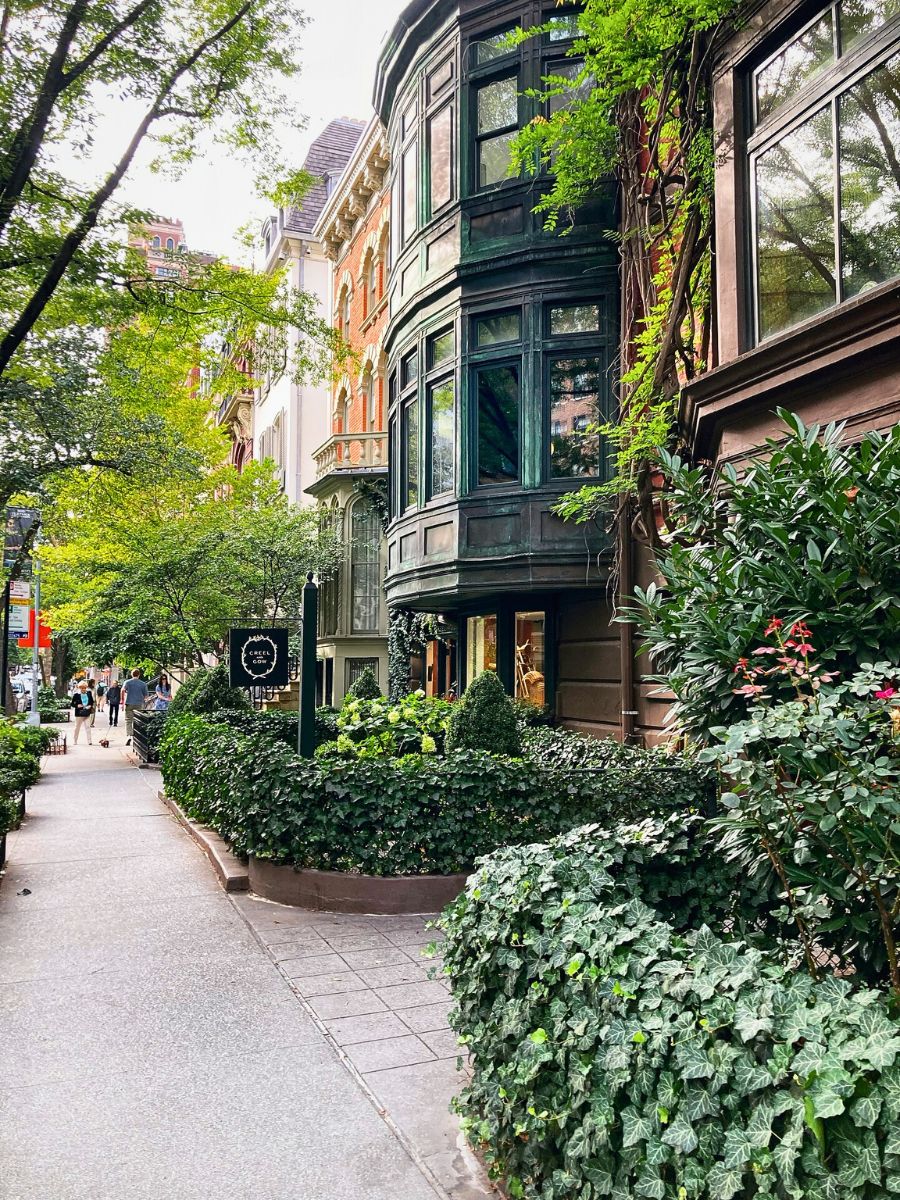
The Green City Initiative works on the understanding that nature and plants provide immense benefits to urban environments. So, instead of treating greenery as an aesthetic afterthought, AIPH promotes plants as essential infrastructure that cities need to function sustainably.
What Benefits Does Greening Cities Bring?
Urban greening delivers significant benefits across environmental, social, and economic dimensions that directly impact city residents' quality of life. Plants actively moderate and combat climate change by absorbing carbon dioxide and releasing oxygen.
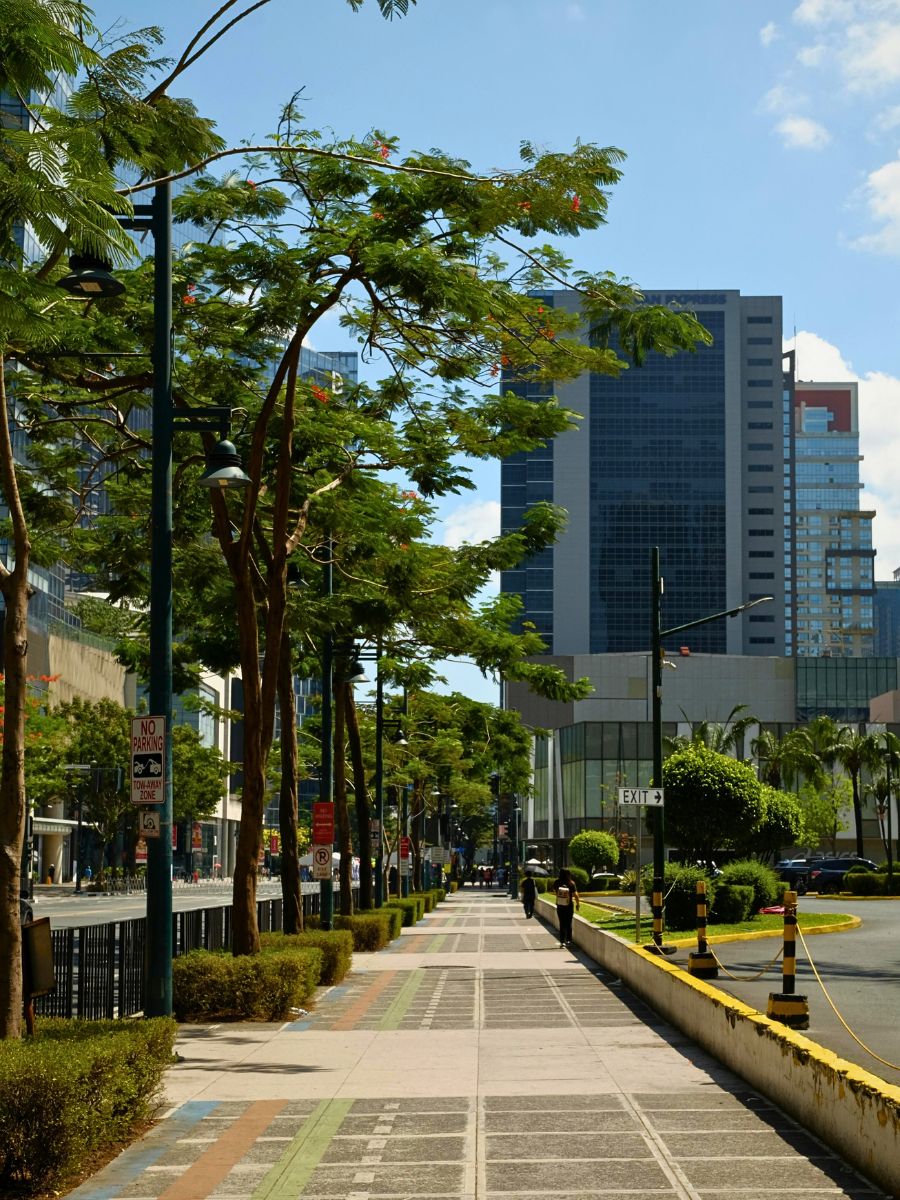
Street trees reduce urban heat island effects by providing shade and a cooling mechanism through evapotranspiration, lowering surrounding temperatures by up to 5°C. Green infrastructure manages stormwater naturally, reducing flood risks and easing pressure on drainage systems. Vegetation also filters air pollutants, improving air quality and reducing respiratory health issues in densely populated areas.

Access to green spaces also improves both physical and mental health. Parks and gardens encourage physical activity, reducing obesity rates and associated health conditions. Studies show that exposure to nature reduces stress, anxiety, and depression while improving cognitive function and concentration. Hospital patients with views of trees have been shown to recover faster than those without. Even brief interactions with urban greenery can lower blood pressure and cortisol levels.
Green spaces, likewise, create gathering points that strengthen community bonds and social cohesion. They provide safe areas for recreation, bringing together people from diverse backgrounds. Urban greening also delivers economic benefits—properties near parks and tree-lined streets command higher values. Cities with quality green infrastructure attract businesses and skilled workers, boosting local economies.
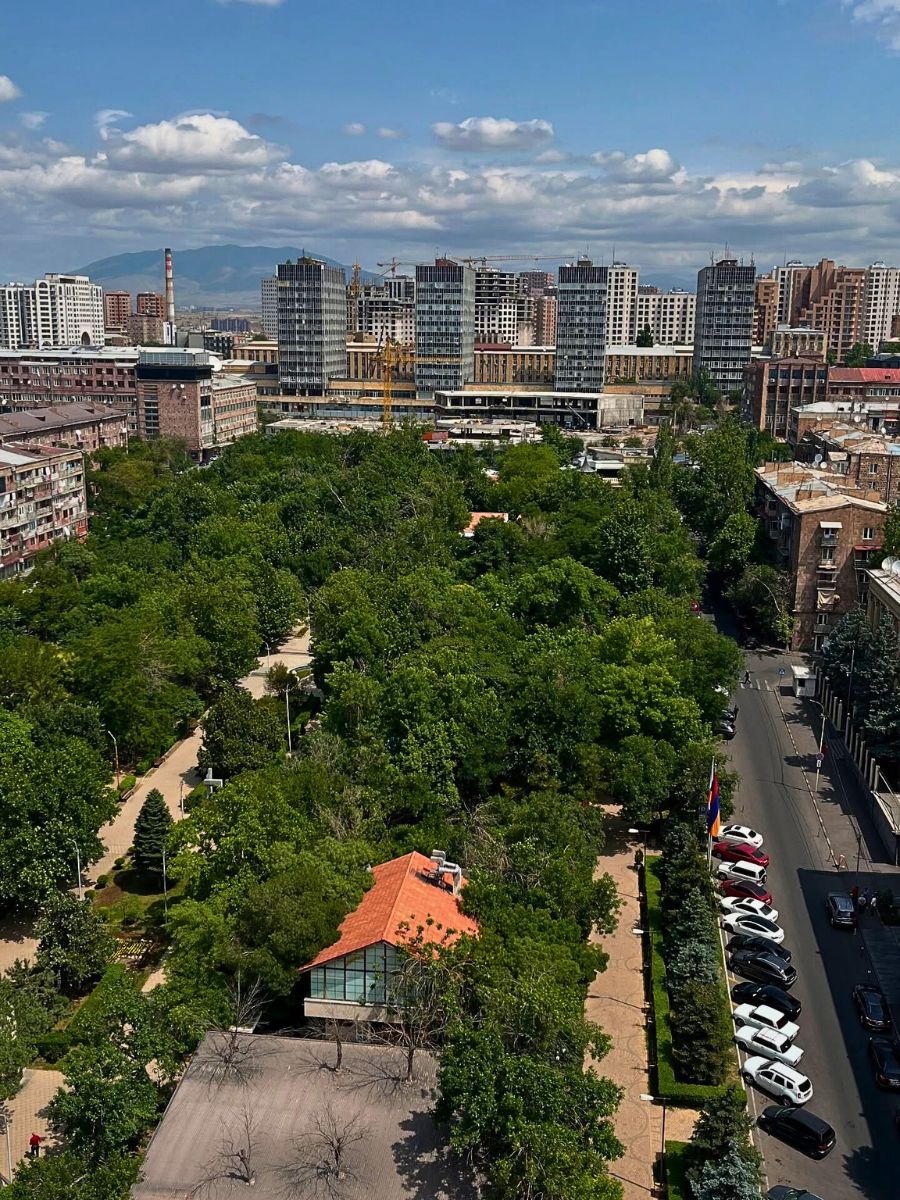
Moreover, green spaces support urban biodiversity, providing habitats for birds, insects, and other wildlife. Community gardens and urban agriculture projects increase food security while connecting residents to food production. For cities facing climate challenges, population growth, and public health concerns, greening is therefore not optional, but essential infrastructure that makes urban life sustainable and livable.
Addressing Urban Challenges Through Plants
By 2050, cities are expected to host an additional 2.4 billion people, more than two-thirds of the global population. Cities already account for 60 to 80% of global energy use, 75% of natural resource consumption, and 70% of greenhouse gas emissions.
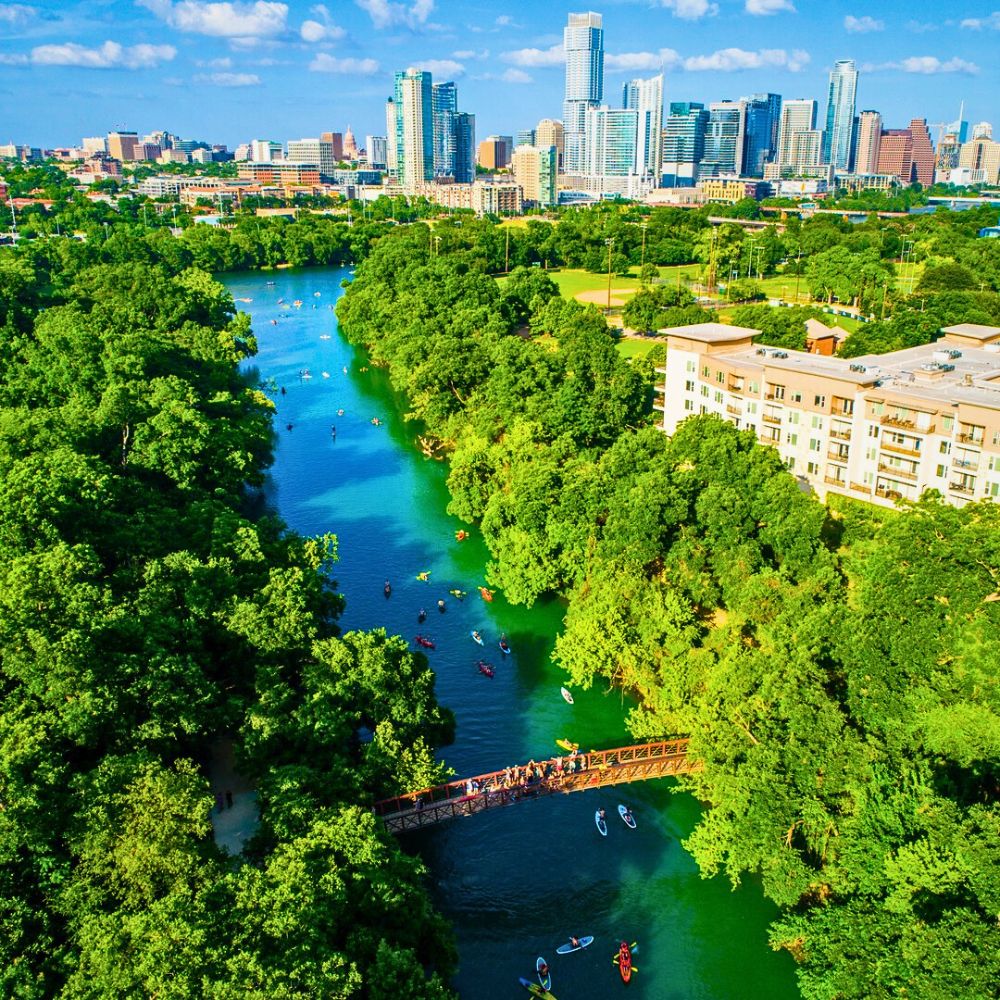
These statistics show why AIPH's work matters so much. Poorly planned urban growth exposes cities to escalating risks, including heat stress, air pollution, biodiversity loss, and even rising sea levels and flooding. Traditional gray infrastructure alone cannot address these challenges effectively or sustainably.
Plants, on the other hand, offer solutions that work with natural systems and not against them. Street trees reduce urban heat island effects and improve air quality. Green roofs moderate building temperatures and manage stormwater. Parks and gardens provide essential habitats for urban wildlife while giving residents access to nature. Urban agriculture projects increase food security while building community connections.
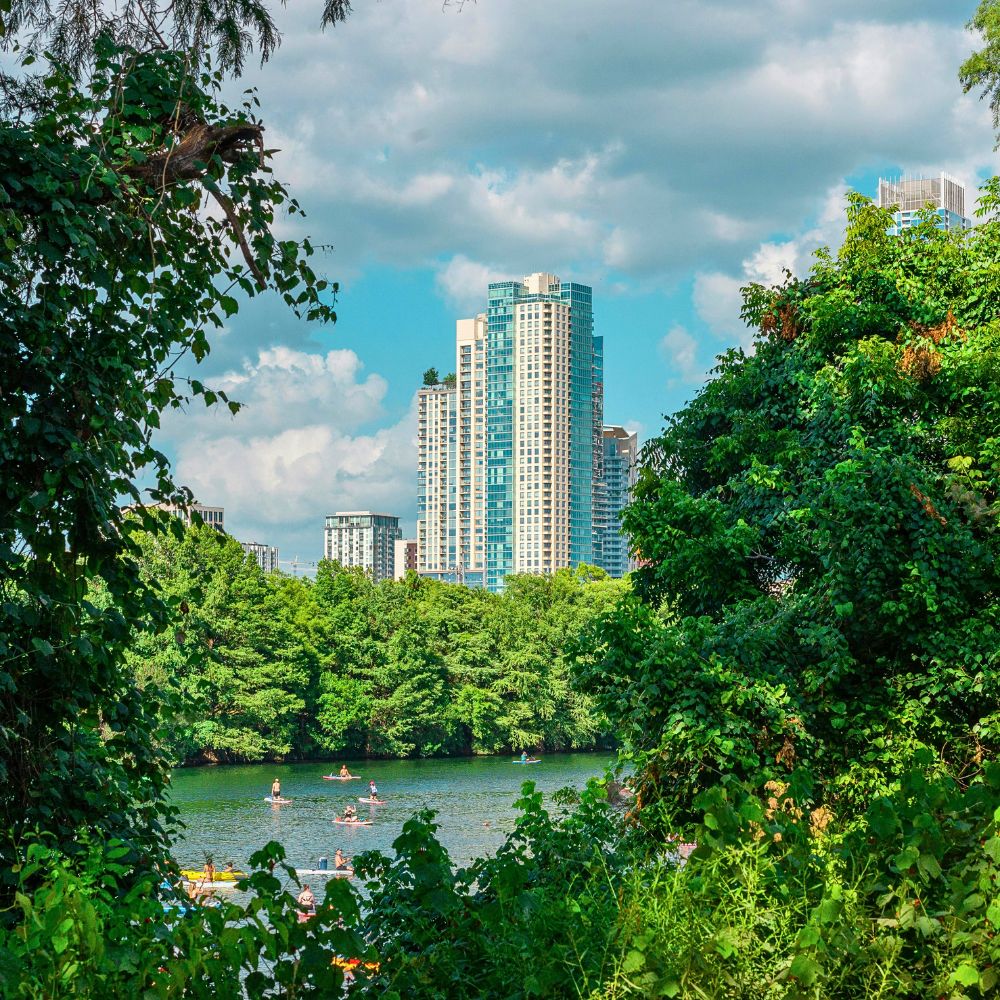
AIPH's Green City Initiative, therefore, helps cities understand these benefits not just conceptually, but through beneficial outcomes. In providing frameworks for assessment and showcasing successful implementations, the organization makes it easier for city leaders to justify investments in green infrastructure.
Recognizing Excellence Through the World Green City Awards
One of AIPH's most visible efforts in promoting green cities comes through the AIPH World Green City Awards, held every two years to celebrate innovation, achievement, and commitment to nature-oriented approaches to city design and operation.

The awards feature categories, including Living Green for Biodiversity and Urban Ecosystem Restoration, Living Green for Climate Change, Living Green for Health and Wellbeing, Living Green for Water, Living Green for Social Cohesion and Inclusive Communities, Living Green for Urban Agriculture and Food Systems, and Living Green for Urban Infrastructure and Livability, all of which help address common urban issues.
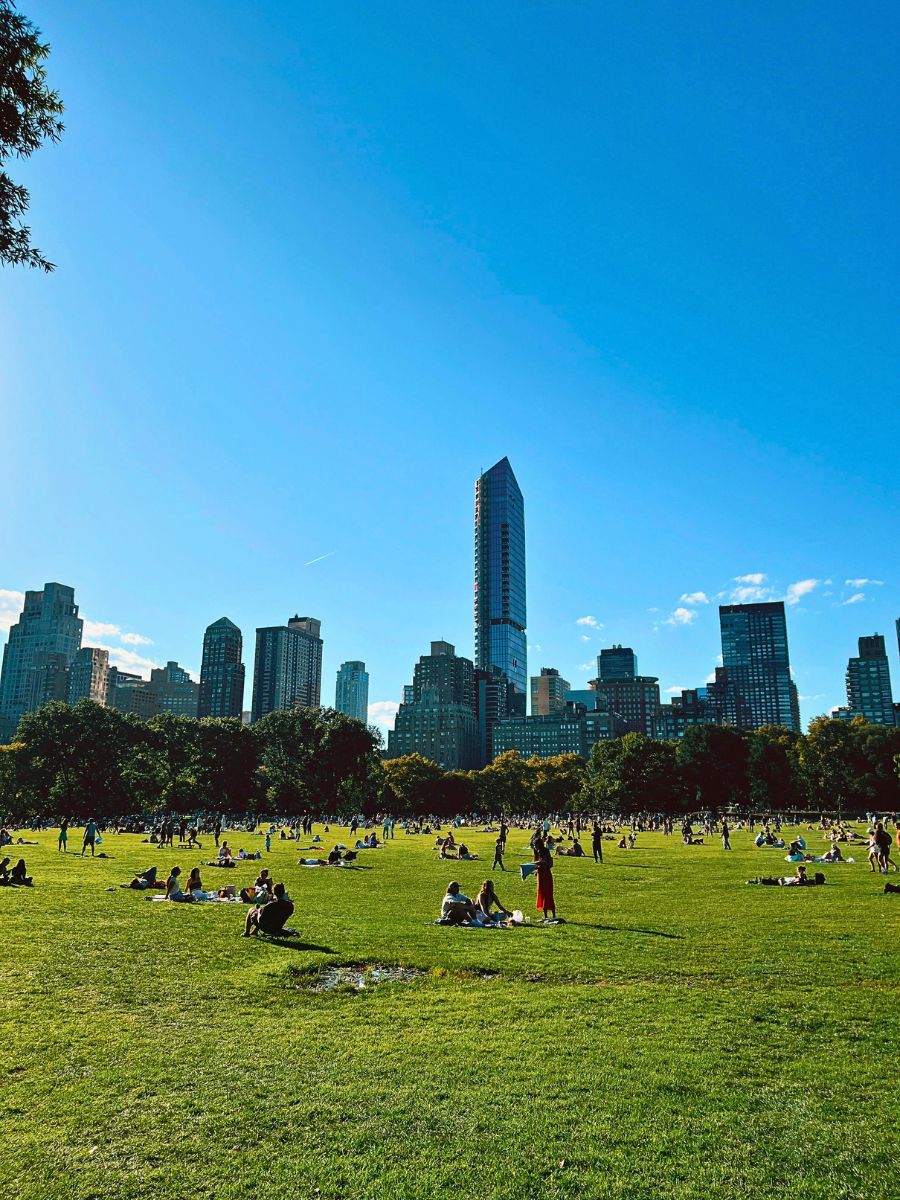
Cities that participate receive expert, evidence-based feedback on their initiatives, capacity-building opportunities, and have their work featured in the AIPH Green City Case Study Collection. The City of Chengdu, China, was awarded Grand Winner of the AIPH World Green City Awards 2024 for their 'Urban Green Heart Program,' which sought to turn Longquan Mountain into a world-class green space that provides residents with a more livable natural environment while protecting plant and animal habitats and supporting biodiversity.

Developing the Global Green City Standard
AIPH is also working on the AIPH Global Green City Standard, which provides cities with a robust, plant-centric framework to plan, implement, measure, and refine their urban greening strategies. The Standard draws on decades of horticultural expertise, knowledge produced through the AIPH World Green City Awards, and a thorough review of international best practices in urban greening. The development process includes stakeholder engagement with local governments, NGOs, private sector partners, and international organizations to ensure it addresses different needs.
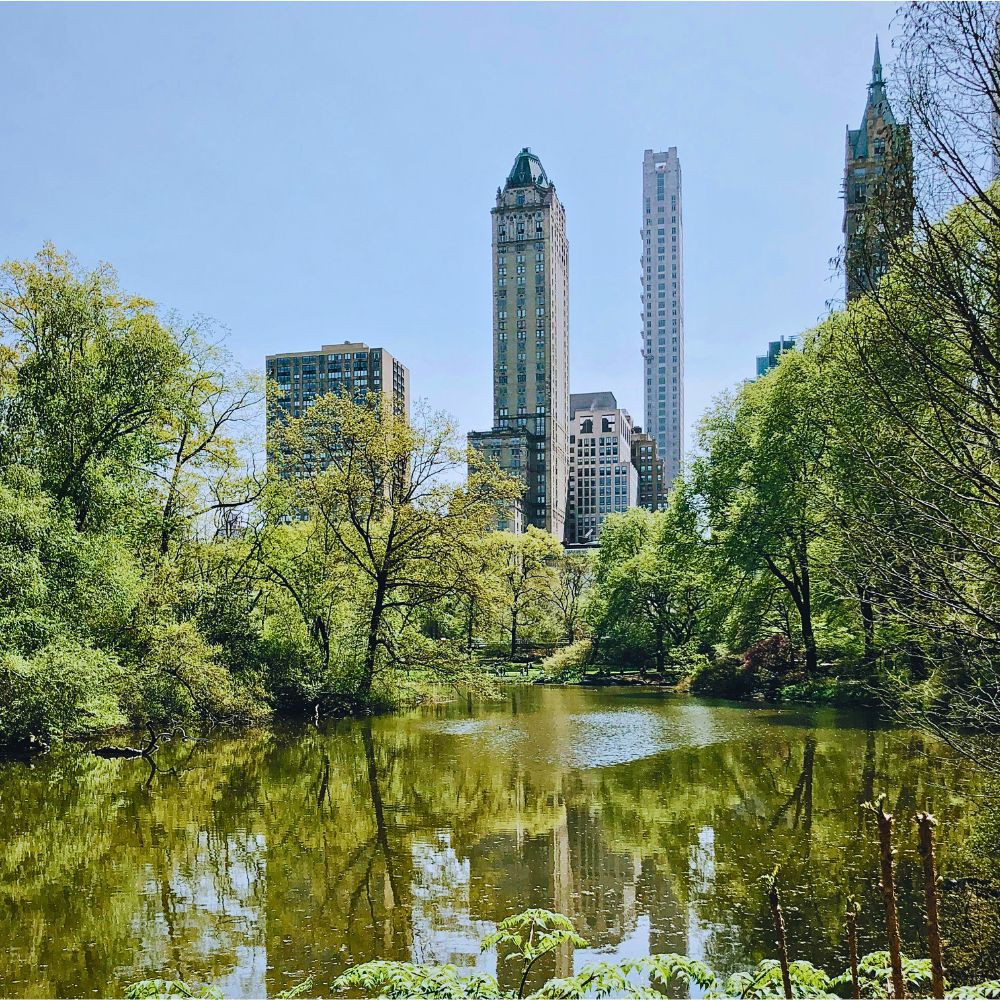
The framework is being piloted in select cities to test its applicability. It aligns with ISEAL's Code of Good Practice for Sustainability Systems to improve international credibility, which means it will be practical, measurable, and impactful when fully implemented. It operates on the principle of plant-centricity—prioritizing the role of plants, biodiversity, and green infrastructure in addressing urban challenges. In providing cities with concrete metrics and benchmarks, AIPH aims to help municipalities show return on investment for green initiatives, making it easier to secure funding and political support for urban greening projects.
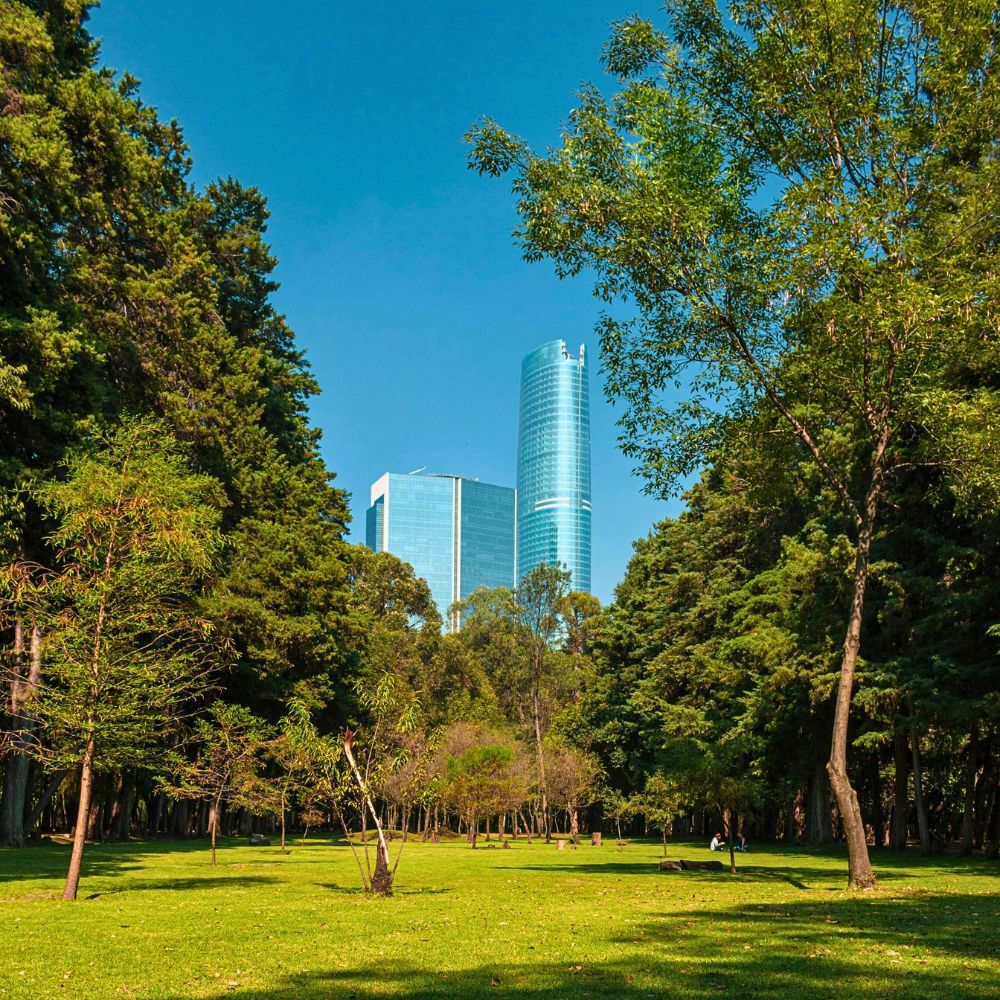
Creating Lasting Green Legacies Through Horticultural Expos
As is already known, AIPH is responsible for approving the world's most exceptional horticultural congresses and expos. The green spaces, parks, and infrastructures created for these events remain permanent fixtures serving communities long after the exhibitions close.
In Hamamatsu, Japan, for instance, the 2004 Pacific Flora Expo site became the Hamanako Garden Park, with roughly 56 hectares available to the public, significantly increasing population access to green areas in Shizuoka-Hamamatsu, the fifth prefecture of Japan by number of inhabitants.
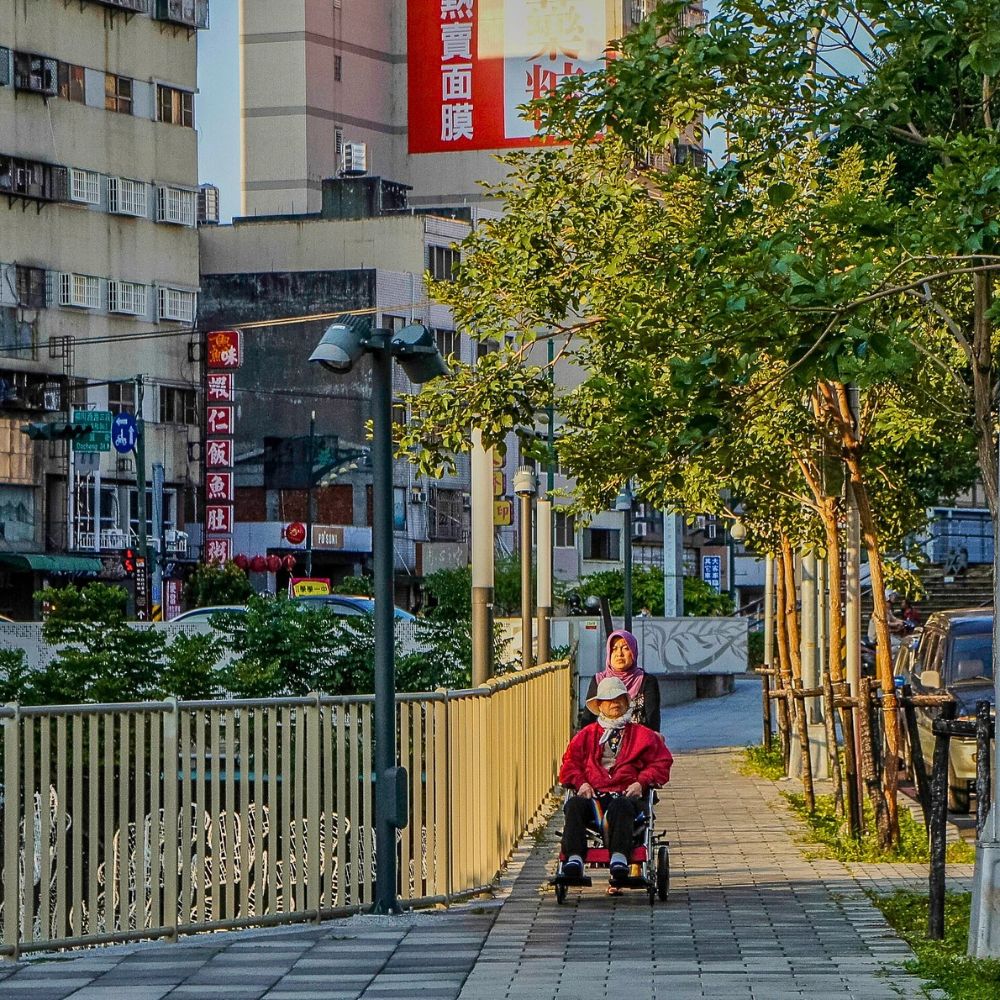
Similar transformations occurred with the 2013 Garden of the Earth in Korea, which became Suncheon Bay National Garden, and the 2018 World Flora Expo in Chinese Taipei, which created Houli Forest Park. This is because sustainability is an integral element of these AIPH Horticultural Expos.
What Does It All Mean?
The challenges facing cities will only grow in the coming decades. Climate change will intensify heat waves and extreme weather events. Population growth will increase pressure on urban resources. Biodiversity loss will accelerate if habitat fragmentation continues unchecked.
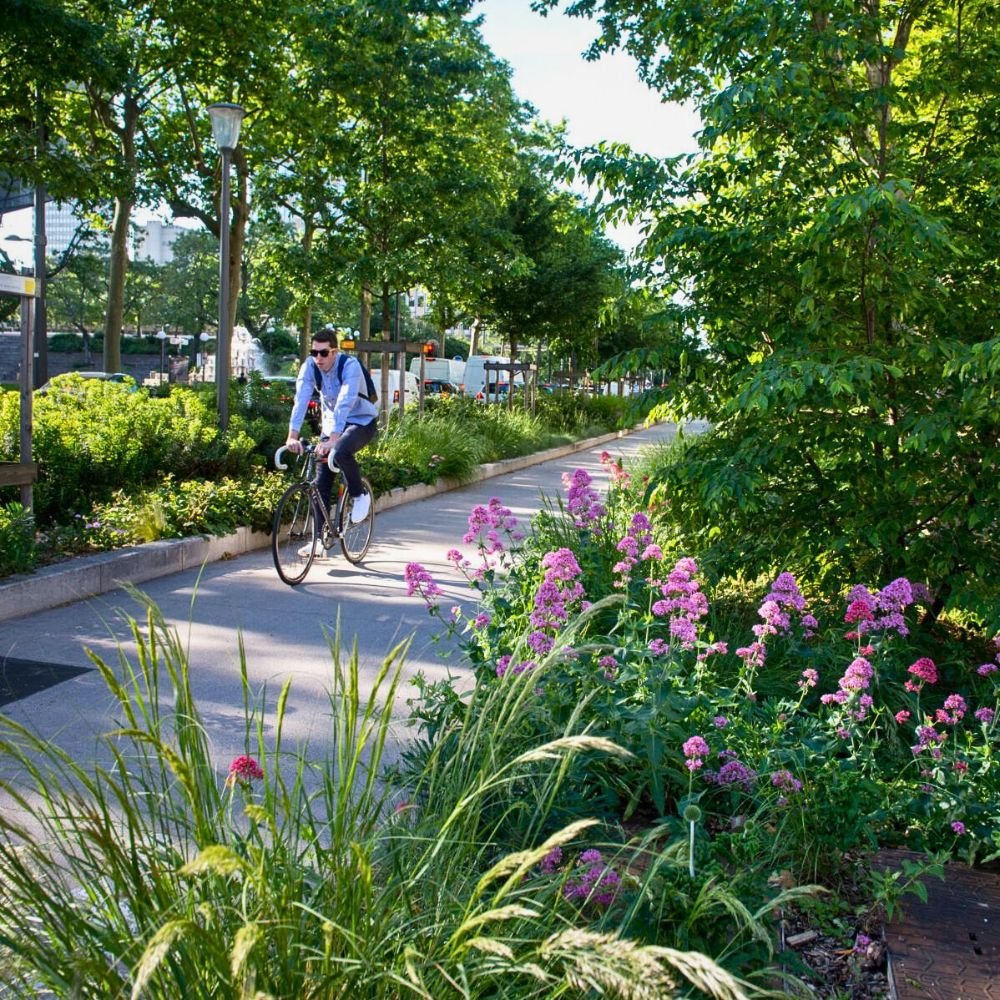
But cities also mean opportunities to address these challenges. Urban areas concentrate resources, talent, and decision-making power. When cities commit to greening, the impacts can be significant and fast. AIPH's role as a coordinator and advocate helps to ensure that horticultural expertise informs these urban greening improvements.
Feature image by Dustin Konrad. Header image by Phil Evenden.

